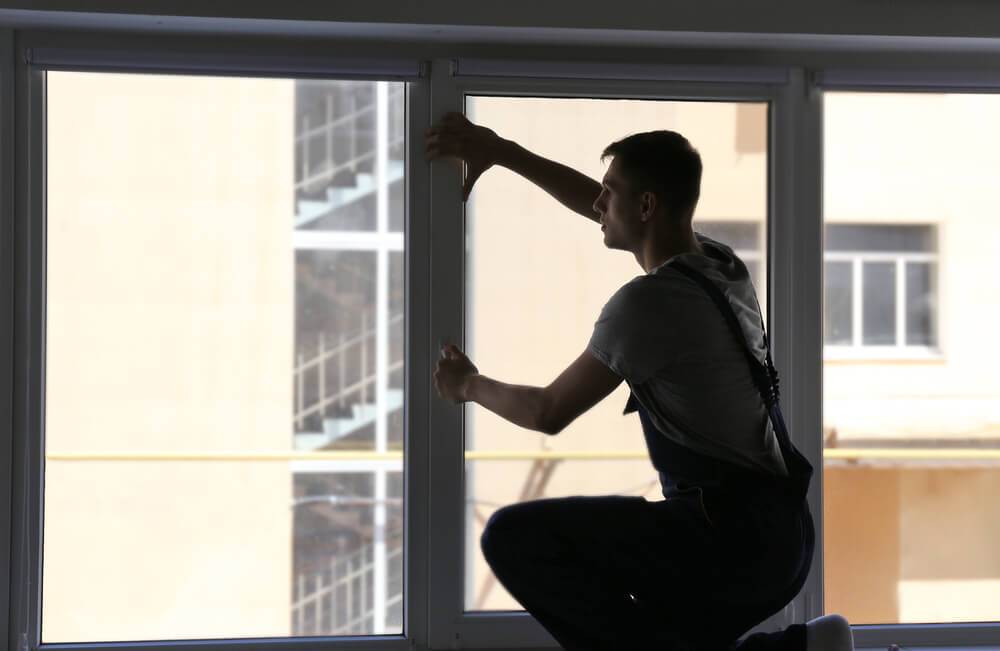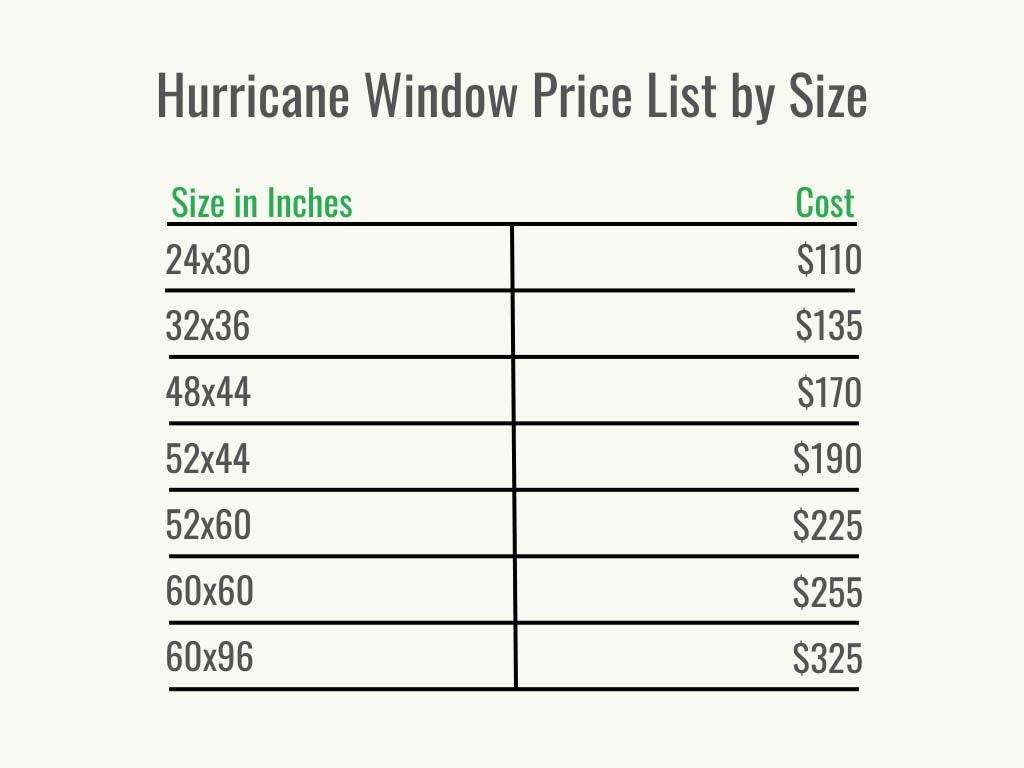Do They Install Windows From The Inside Or Outside?
Learn all about window installation methods in this comprehensive article. Discover whether windows are installed from the inside or outside, the tools and materials needed, and factors influencing the approach. Make informed decisions about your own window installation needs.
Do They Install Windows From The Inside Or Outside? Read More »


